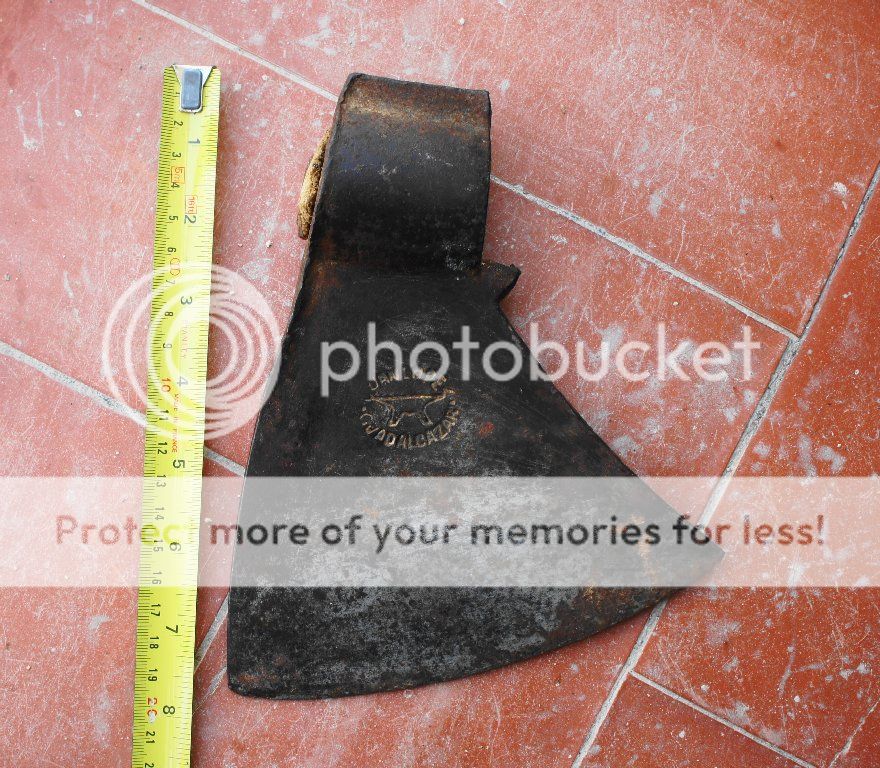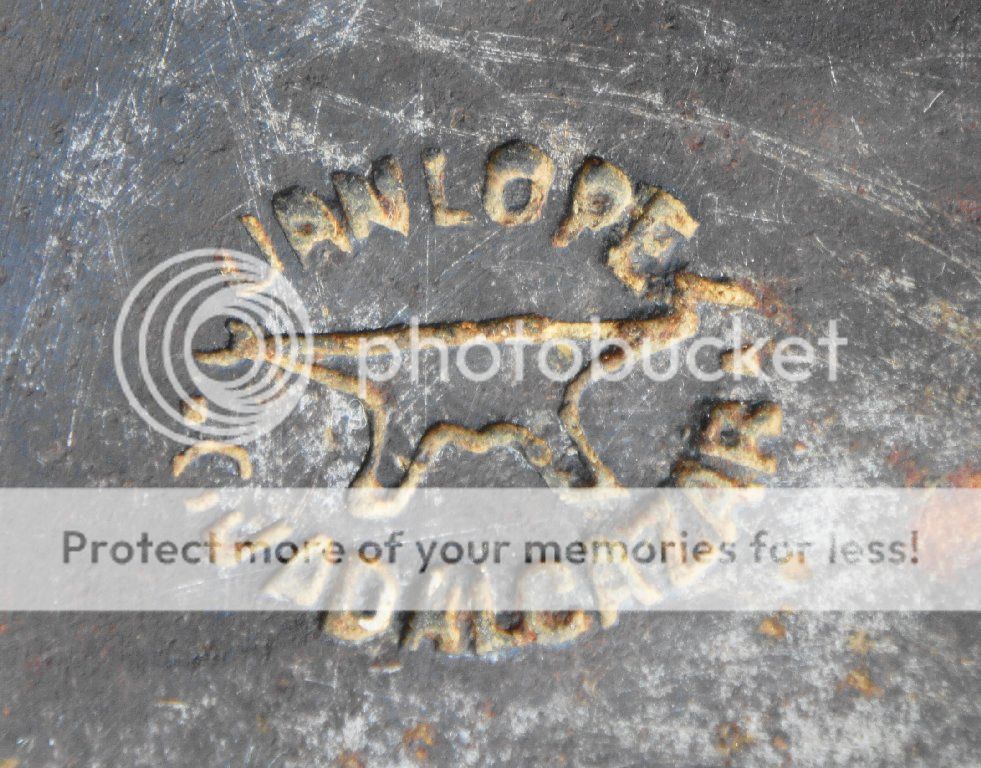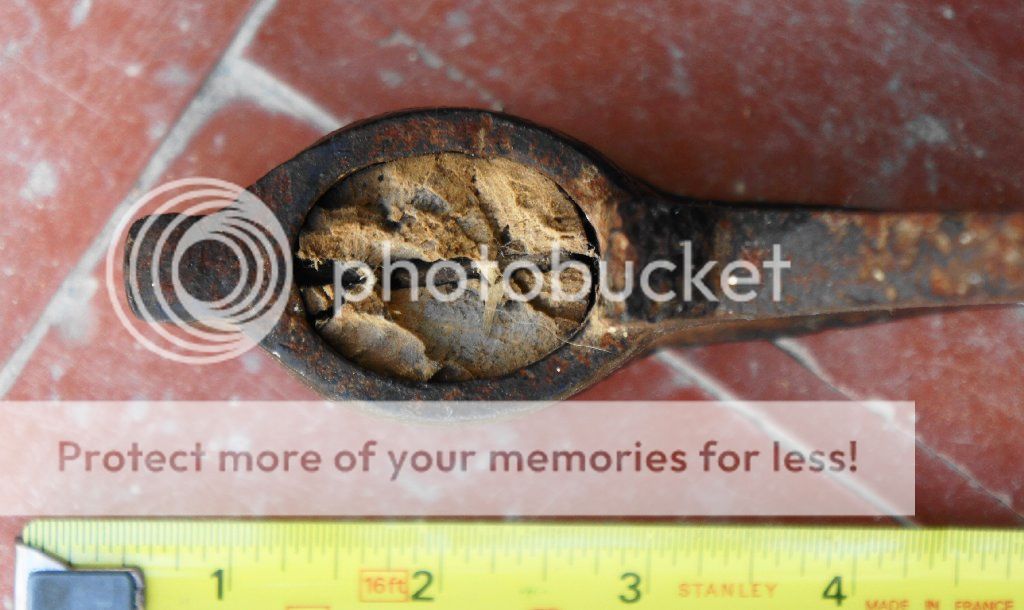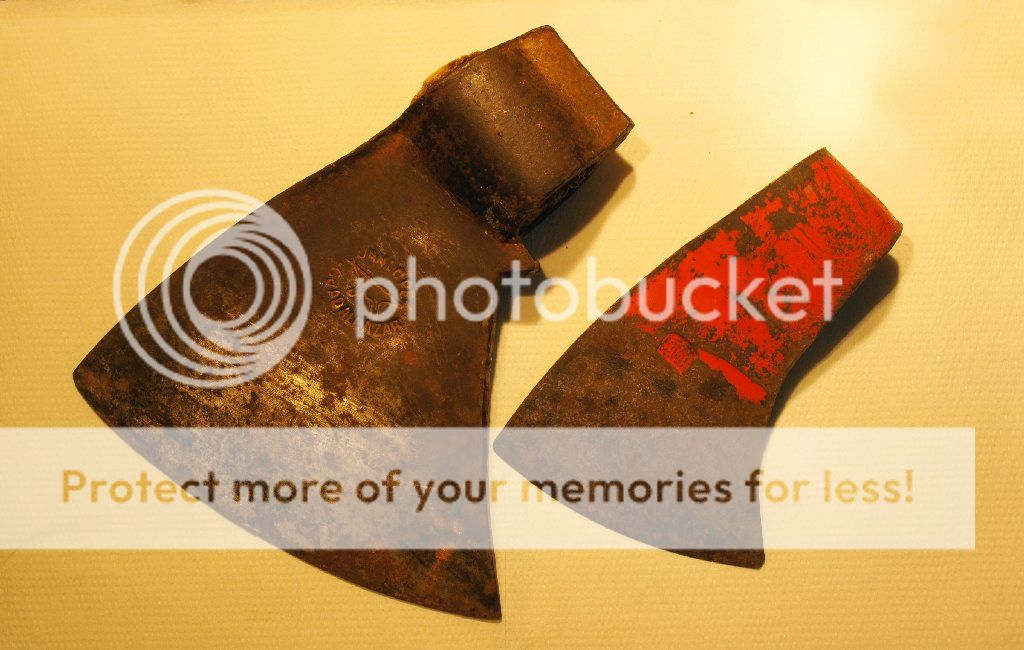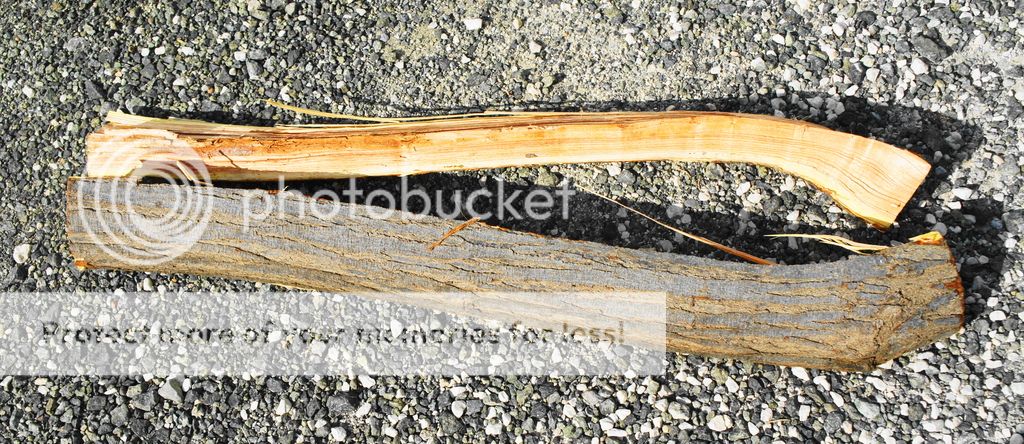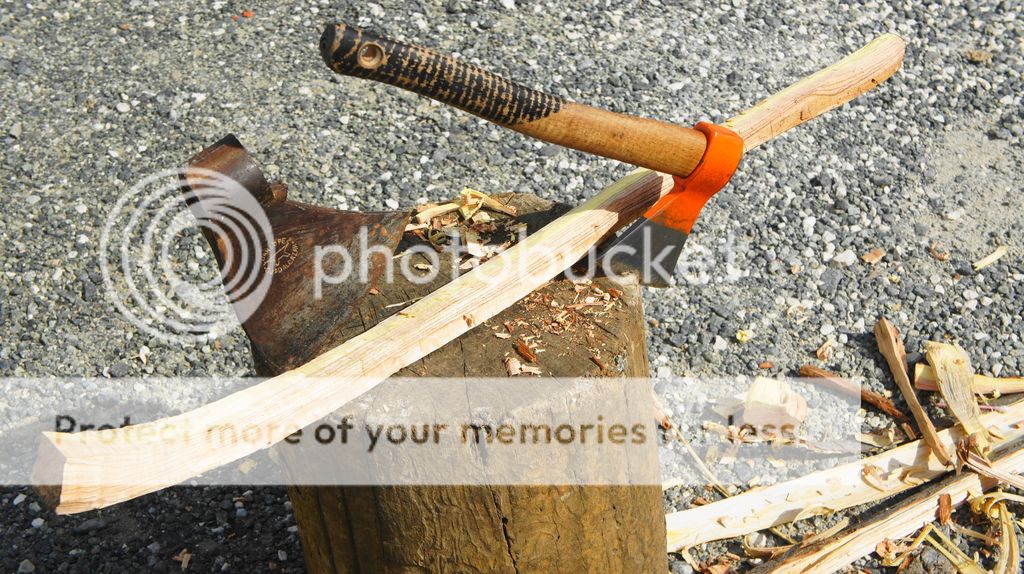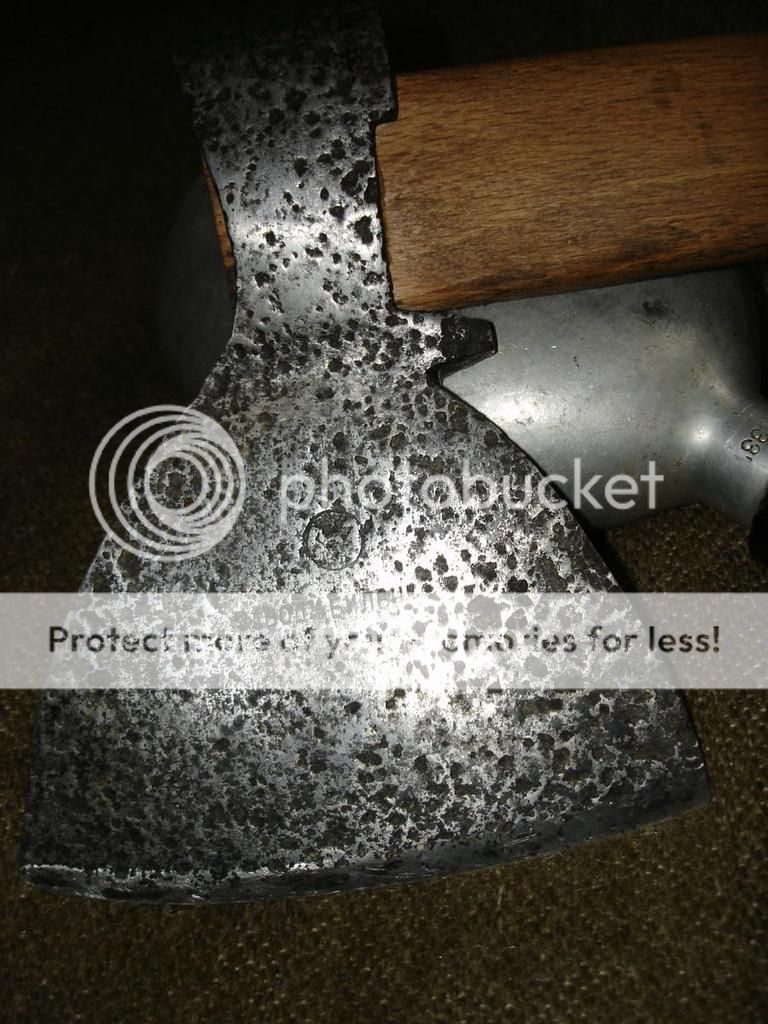Fantastic,you're on!
And over a few of those,the axe-freak conversation must surely begin to flow....
And here's a brief historical note on the background of these axes....
No one really knows where exactly they have originated.Their evolution took place slowly,imperceptibly changing the details,till the whole began to appear quite different,even unique.
Now,Scandinavia is right across the street from NW Russia,and some W-NW regions are plain occupied territories,previously occupied by a set of Germanic people(Estonia,and other Baltic regions),AND,during the Viking age(nominally 7th to 11th c.c.)it is known that the so-called Ost-Vikings have sailed into the White sea,and from there descended the (eventually)Volga R. drainage to the Caspian,and have been doing it Regularly,for some centuries.
Despite all of the above,it is NOT ok to ascribe any of the features of "traditional"(?)Russian tools to the Norse people.Despite the fact that VERY many artifacts are virtually indistinguishable from those found in Birka,or Hedeby,or many of other,important Viking age sites.
During the 40-ies and 50-ies,Joe Stalin has publicly denounced a number of scientists that were inclined to think that.They were termed the "vicious Normanists",and were publicly derided and subsequently executed.
(Today,Putin's border-line fascist regime is heading there again,it is entirely unpatriotic,and soon will be punishable,to attribute any of the achievements of the Great Russian People to the lowly,corrupt Europeans).
However,and most thankfully,this horse-hooey does not apply to me...So i can,and will,note the peculiar similarities between these axes and the Finnish axe-making traditions.
The very deep,tubular eye peculiar to the Germanic "goose-wing" hewing axes,and the common Finnish ones has an inverted conical shape,the small end towards the top of the axe.(That is for the ruralites to use less than perfect stick to haft their tools,and to be able to space it out on occasion outside in the weather,for when it swells,it just backs itself out,and needs hardly anything to be made tight and functional again).
Similarly,the earlier Russian axes were hafted the same way.An inverted cone.
The archaeology in that unhappy part of the world has always struggled heroically,against great economic and political challenges,and so the axes are not studied to any great extent.But these earlier axes do have an approx.designation,being commonly termed "15th to 17th century type".
On a certain type of a Finnish axe,the so-called "Karelian type(can be found in the Billnas,and other old catalogues),the bottom part,the "sleeve" of that long eye is abbreviated,leaving a part hanging in the front(and sometimes one in the back)of the haft.
I b'lieve that the "spur" of the typical Russian axe is the vestige of same.
The large volume of the eye is related,as discussed above,to the softness of birch,as the predominant haft material.
The rest has developed according to the local needs and usage,plus the necessity to combine tools from sheer poverty,so,the combination chopping/hewing tool....
